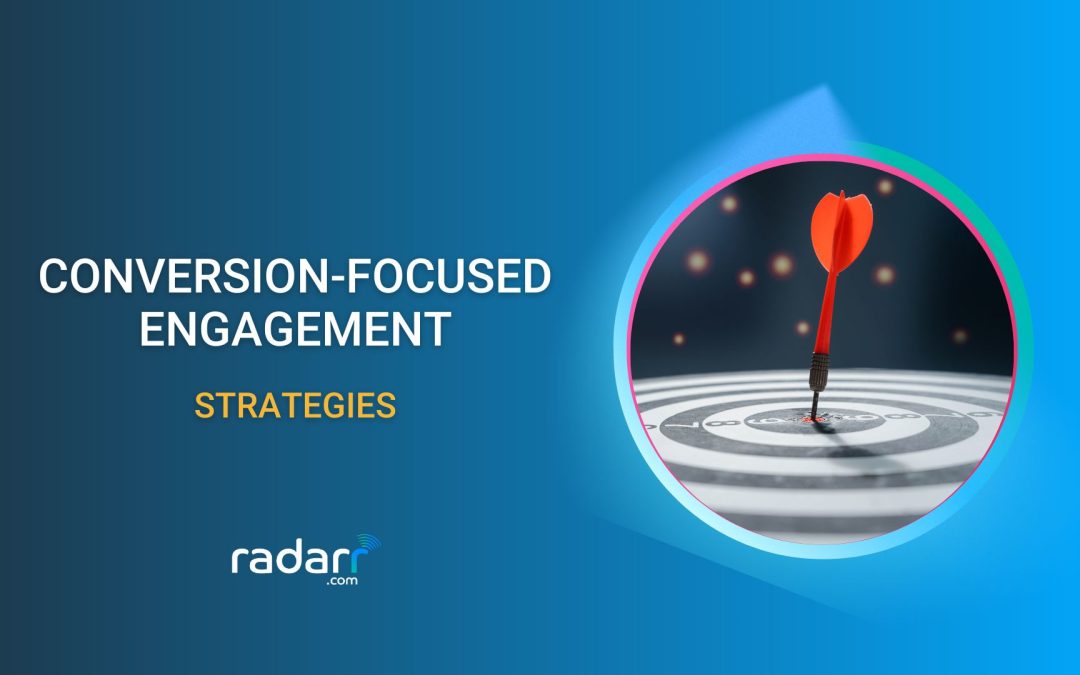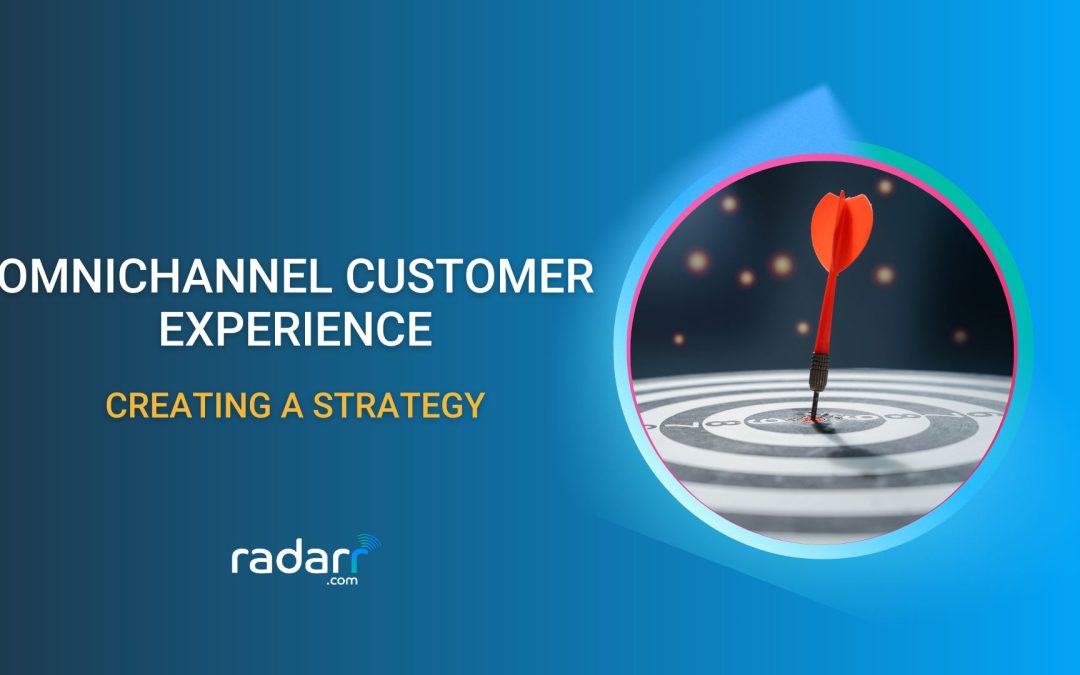Social media is an unignorable asset for a brand looking to build a brand or reach its customers.
However, it’s not as simple as sharing content and expecting magical results. A successful social media marketing initiative requires you to reach the right audience, develop your brand, and create content that resonates with the right audience. To do this well, you need a team that understands these objectives.
Putting together the correct team for social media is essential to thriving in this demanding climate.
In this blog, we’ll guide you on how you can build the right social media marketing team.
How to build a social media team?
Building the right team is crucial for social media success; here are the steps you should take to ensure you are on the right path.
Step 1: Evaluate your present situation
You must evaluate your existing circumstances before you assemble your social media team. Here are some important things to think about:
- Budget: The size of your team and the resources you need for social media depends on your budget. This also resonates with how ambitious your social media goals are. Therefore, before creating a team, understand your budgets and distribute them sensibly and reasonably.
- Workforce: Look at existing team members for a potential social media marketing team member. You never know who in your current team has a knack for social media or a growing interest you can nurture. After all, you already know how they work and can trust them to do good work.
Step 2: Align social media with business objectives
Your social media strategy and company objectives must coincide to create an effective social media team. Stated differently:
- Establish Goals: Choose specific social media goals that complement your company’s goals. Brand exposure, traffic development, lead creation, revenue growth, community building, customer service, public relations, social listening, research, and recruiting are just a few of the many benefits of social media.
- Goal-setting: Achieving and setting objectives improves performance and motivation. Setting goals with your team after recruiting might aid in improving and honing your approach.
Choosing the right team size and composition will be easier if you know how social media may support your company’s objectives.
Step 3: How many people do you need?
Although there isn’t a single optimal size for your social media squad, there are a few things to consider:
When determining the right size for your social media team, there are several factors to consider. Firstly, you’ll need to think about your budget and the resources that are available to you. If you have more money to hire staff, you can build a larger team that can work more efficiently, especially if you can automate some tasks.
Another crucial factor to consider is your social media objectives. If you have ambitious goals, you may need a larger workforce, whereas smaller objectives may require fewer team members.
Finally, it’s important to think about your company’s objectives and how important social media is to your overall strategy. If social media plays a significant role in your organization, you may need a bigger team to help you reach your goals.
Considering all these factors, you can determine the optimal size and composition for your social media team. Remember, the key is to find the right balance between your budget, your objectives, and your company’s overall strategy.
Step 5: Select your team’s organizational structure
The organizational structure of your social media team has a significant effect on its effectiveness. Here are five methods for organizing your team:
- Organic approach: Here, the social media activities are managed by employees or departments without central oversight. This model empowers team members to participate in social media and fosters a culture of engagement and advocacy. It will lead to diverse content and multiple perspectives, but it might also lead to a need for more consistency and coordination, leading to fragmented messaging and brand identity.
- Centralized model: Here, the management of social media is by specialized teams. This enables clear accountability with consistent brand voice messaging across platforms.
- Hub and Spoke collaboration: This structure involves a central team (hub) working closely with different business divisions (spokes). The model allows a social media team to have specialized expertise within divisions. Effective communication between the hub and spokes ensures social media strategy success.
- Multiple Hub and Spoke, or “Dandelion” model: Smaller teams within various departments act as hubs, dividing the responsibilities of the larger social media team (core). It ensures that each department tailors social media efforts to its unique needs and goals, making it more adaptive to the specific requirements of different divisions.
- Holistic Integration: The holistic approach acknowledges that every employee can contribute to the organization’s social media presence. It encourages all employees to incorporate social media into their roles based on their unique usage patterns.
- Hybrid Approach: A unique approach could be a hybrid model that combines elements of multiple structures. For example, having a central hub and encouraging organic contributions from various teams. This hybrid approach allows flexibility and adaptability while maintaining central oversight, offering the best of both worlds.
- Agile Network Model: An innovative approach involves forming a dynamic network of individuals with specialized skills who can be rapidly mobilized for social media initiatives. This model thrives on adaptability, scalability, and the ability to quickly respond to emerging trends and opportunities, making it ideal for organizations that value rapid response and agility.
- Data-Driven Team: Establishing social media teams focusing on analytics and data interpretation can be a game-changer. These teams utilize insights to make informed content, strategy, and engagement decisions. A data-driven approach ensures that social media efforts are continually optimized based on performance metrics, helping organizations make data-backed decisions to improve their online presence and engagement.
The main roles and responsibilities of your social media team
It’s important to delineate the duties and responsibilities of your social media team now that you’ve evaluated your job, connected social media to your company objectives, and established the ideal team size. Each team member must understand their unique function within the group for it to succeed.
1. Social Media Manager
The Social Media Manager’s primary responsibility is supervising your social media accounts’ daily activities. They oversee the engagement, publishing, and arrangement of the information. Seek a creative, well-organized person who can adjust to changing situations. To keep your audience interested, they also need to be exceptional communicators.
2. Content Producer
The foundation of social media is content. A content producer must produce interesting articles, images, and videos. A creative mind, an excellent eye for design, and familiarity with content production tools are requirements for this position. They should be able to use powerful language and eye-catching graphics to communicate your brand’s core.
3. Community Manager
Building relationships is the main goal of social media. One of a community manager’s main responsibilities is interacting with the audience, responding to comments, and organizing online debates. To manage good interactions and client complaints, they must be incredibly adept communicators with tolerance and sensitivity.
4. Analytics Expert
The secret to success in social media is making data-driven judgments. Your social media efforts should be monitored and evaluated by an analytics specialist. They will offer perceptions of what functions well and what needs enhancement. Seek out an individual with a solid analysis background who is conversant with social media monitoring platforms.
5. Ads Specialist
You will want an Ads Specialist if you intend to conduct sponsored advertising campaigns on social media sites. In addition to tracking ROI, they are responsible for designing and carrying out advertising initiatives. An advertising professional should know about online platforms like Facebook and Google Ads.
6. Content Writer
Having a dedicated content writer on staff, in addition to a content generator, might be beneficial if your social media plan calls for blogging or long-form material. They’ll ensure your articles and captions are interesting, well-written, and appropriately represent the vibe of your company.
Leverage smart tools to empower your social media team
Building a social media team is a significant investment, but you can maximize their efficiency by leveraging smart tools and software. Radarr can be a valuable asset for social media teams. Here’s how Radarr is a great tool for social media teams:
1. Social Listening and Monitoring
Radarr offers social listening capabilities powered by AI. It can track and monitor social media conversations and mentions related to your brand, industry, or specific keywords. This feature is essential for social media teams to stay updated on real-time trends, discussions, and sentiments, helping them make informed decisions and respond effectively to customer feedback or industry developments.
2. Content Publishing
Radarr enables content publishing via a social media scheduler. Social media teams can schedule posts in advance, streamlining their efforts and ensuring a consistent posting schedule. This is valuable for maintaining an active online presence and engaging with the audience at optimal times.
3. Insightful Analytics
Radarr provides comprehensive and feature-rich analytics. It allows social media teams to gain valuable insights into their performance, track key metrics, and measure the impact of their social media efforts. This data-driven approach helps teams make data-backed decisions and refine their strategies.
4. Simplifying Social Media Management
Radarr simplifies the process of publishing and scheduling social media posts. Its user-friendly interface and efficient features make managing multiple social media platforms more manageable for social media teams.
Ready to build your social media team?
Before you start hiring for the various roles or subscribing for any of the tools above, we recommend researching the platforms your audience is the most active on. This will help you hire with clarity, to bring in professionals who understand the smallest of nuances of these channels to help your brand grow.
For more such posts, don’t forget to subscribe to our blog!












